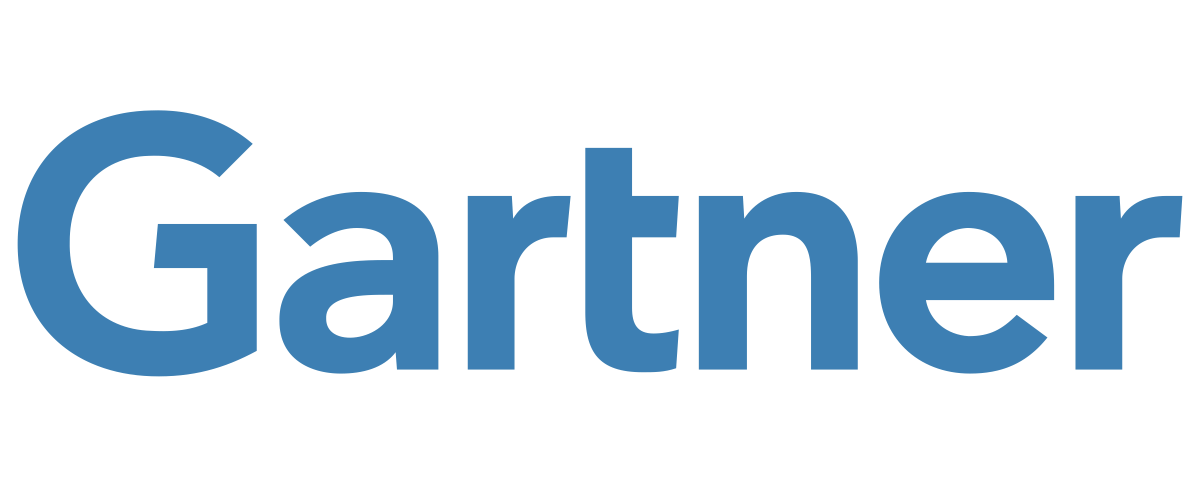
PROBLEM
The LNG company was interested in exploring maintenance strategy optimization as a means to accomplish their business objectives, such as reducing risk, improving production, and as a result, achieving better cost-effectiveness. Additionally, the company was experiencing new failure modes in their turbines, pumps, and fin fans, causing equipment failures and threatening unplanned shutdowns.
Lacking the internal resources to complete the review, the company engaged ARMS Reliability to conduct a large-scale, two-part study – one part focused on Reliability Centered Maintenance and the other focused on Preventive Maintenance Optimization – to help them improve asset reliability.
The company wanted ARMS to: help reduce the business’ costs and risks by optimizing their asset-management strategies; create maintenance strategies for their valves; deliver new strategies as computerized maintenance management system [CMMS] load sheets; identify flaws and defects within the existing preventive maintenance programs for turbines, pumps, and fin fans; determine new possible failure modes for this equipment; and update the organization's existing strategies for cost-effectiveness.
ARMS Reliability's objectives for the study included:
- reducing the number of corrective work orders
- optimizing total work hours required to maintain equipment
- improving reliability performance for key assets; and
- optimizing maintenance strategies for high-priority systems.
SOLUTIONS
The client chose ARMS Reliability based upon its technical expertise and proven experience optimizing maintenance strategies on projects in the oil & gas and petrochemical industries. ARMS’ solutions for maintenance-task development have been demonstrated to be 2-6x more efficient than traditional approaches, and ensure operating context is considered in failure-mode mitigation.
STUDY 1: Reliability-Centered Maintenance
To begin the RCM study, ARMS Reliability gathered information about the company’s existing asset-maintenance strategies for their Waste Water, Heat Exchanger, and Fired Heater systems, including spares, routines, and resources.
Working with the company’s experienced site planners, engineers, and technicians, the ARMS team identified critical assets based upon their necessity to business delivery, as well as the equipment already aligned with the organization’s process safety, environmental, and production performance objectives.
Using this data, ARMS developed various strategy models, including options for valve maintenance, and simulated and optimized high-risk failure modes. Once optimized tasks were defined, they were grouped into logical job plans and preventive maintenance programs, which were presented to the company in the required format for loading to their Maximo CMMS.
The ARMS team ran comparisons of three different strategic scenarios – run-to-failure, as-is, and optimized – and plotted the results from each strategy to illustrate the benefits of proper maintenance and optimized strategies. This simulation-based analysis also enabled forecasts to be generated, such as labor profiles, maintenance budgets, and spare usage. ARMS applied RCM methodology using simulation software to balance the cost of business risk with the cost of maintenance performance, ensuring the most cost-effective and risk-optimized maintenance strategy.
Ultimately, ARMS optimized 20% of the company’s highest-cost failures, demonstrating to the company exactly where and to what degree they were over-maintaining their assets, as well as how to improve their maintenance strategies so that the company attains the lowest costs of business risk and maintenance performance.
STUDY 2: Preventive-Maintenance Optimization
For its PMO study, ARMS Reliability applied PMO methodology to determine defects and flaws in the existing preventive maintenance [PM] program for the company’s turbines, pumps, and fin fans. ARMS also sought to find new possible failure modes for each type of equipment, as unexpected failure modes kept appearing, causing failures and threatening shutdowns.
The ARMS team reviewed all the corrective data from the company’s Maximo CMMS in order to generate new or improve existing PM tasks. The result was the identification of new failure modes, which will later be used to develop a set of new maintenance-task recommendations for the business’ existing PM program.
BENEFITS

Gartner Market Guide for Asset Performance
In asset-intensive industries, asset management is moving from simple maintenance to a business operations core competency. APM is at the core of this change. CIOs can use this guide for insights on APM offerings in order to understand market direction and support asset management strategies.
Download the Guide
